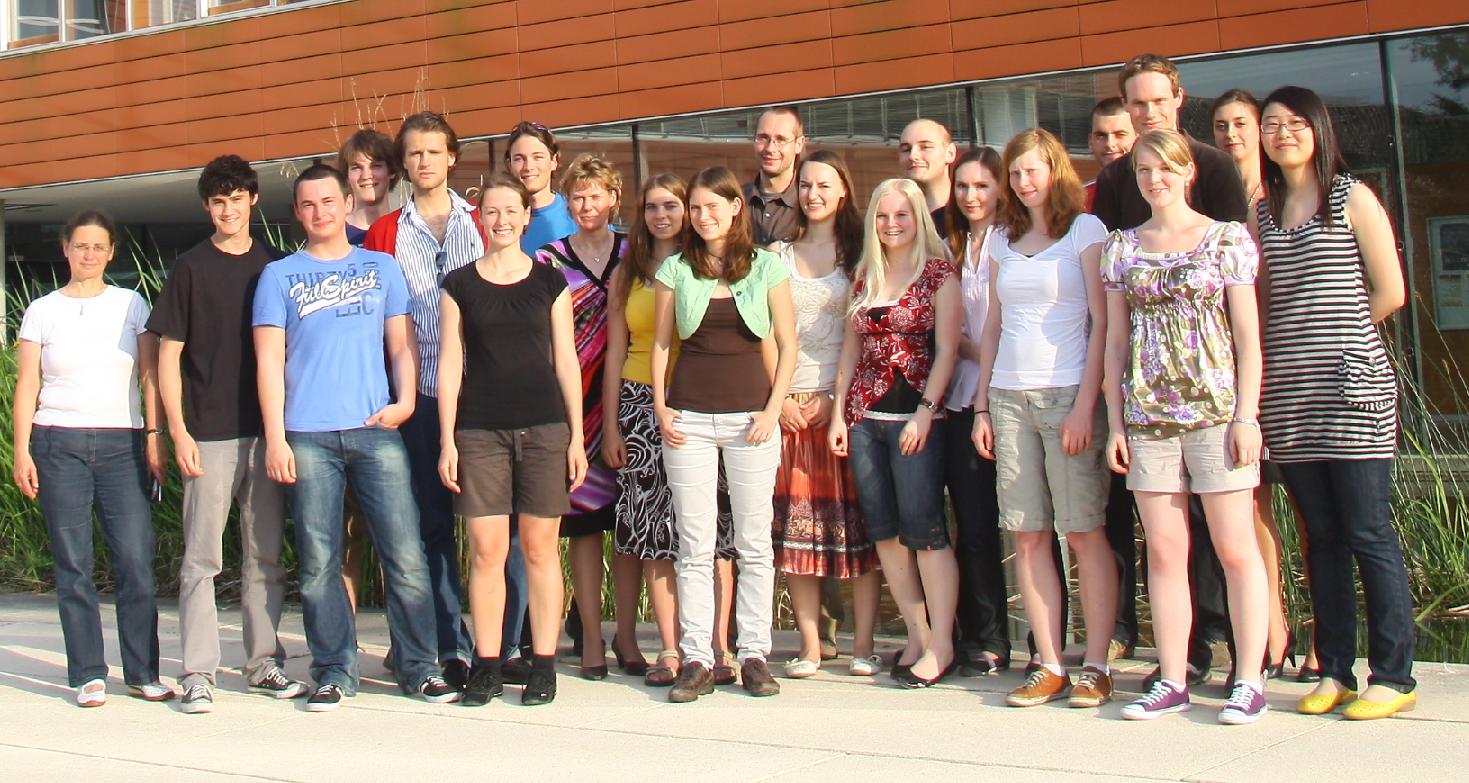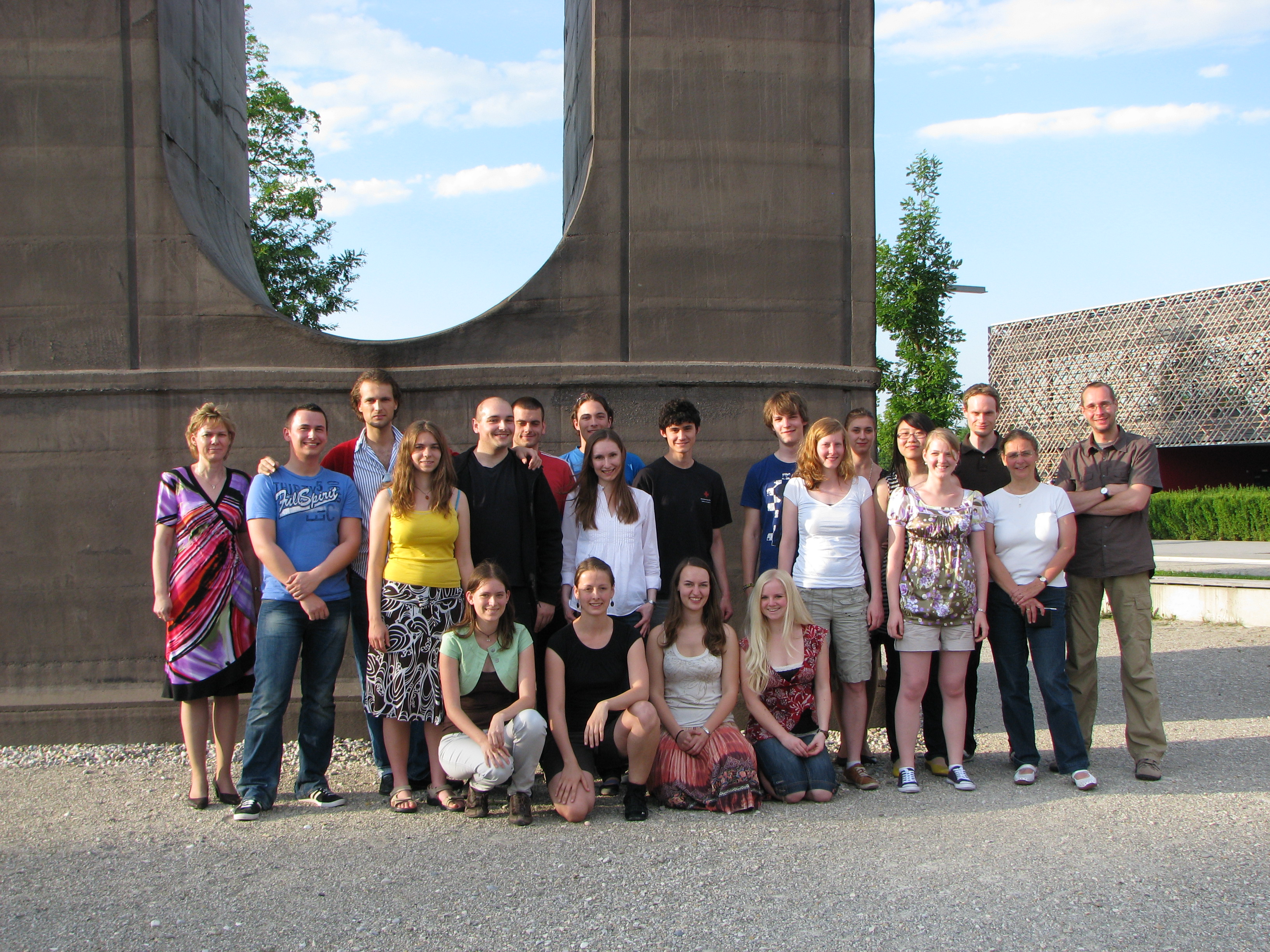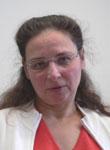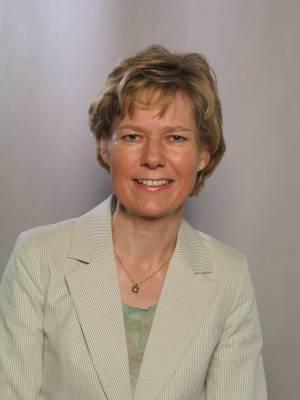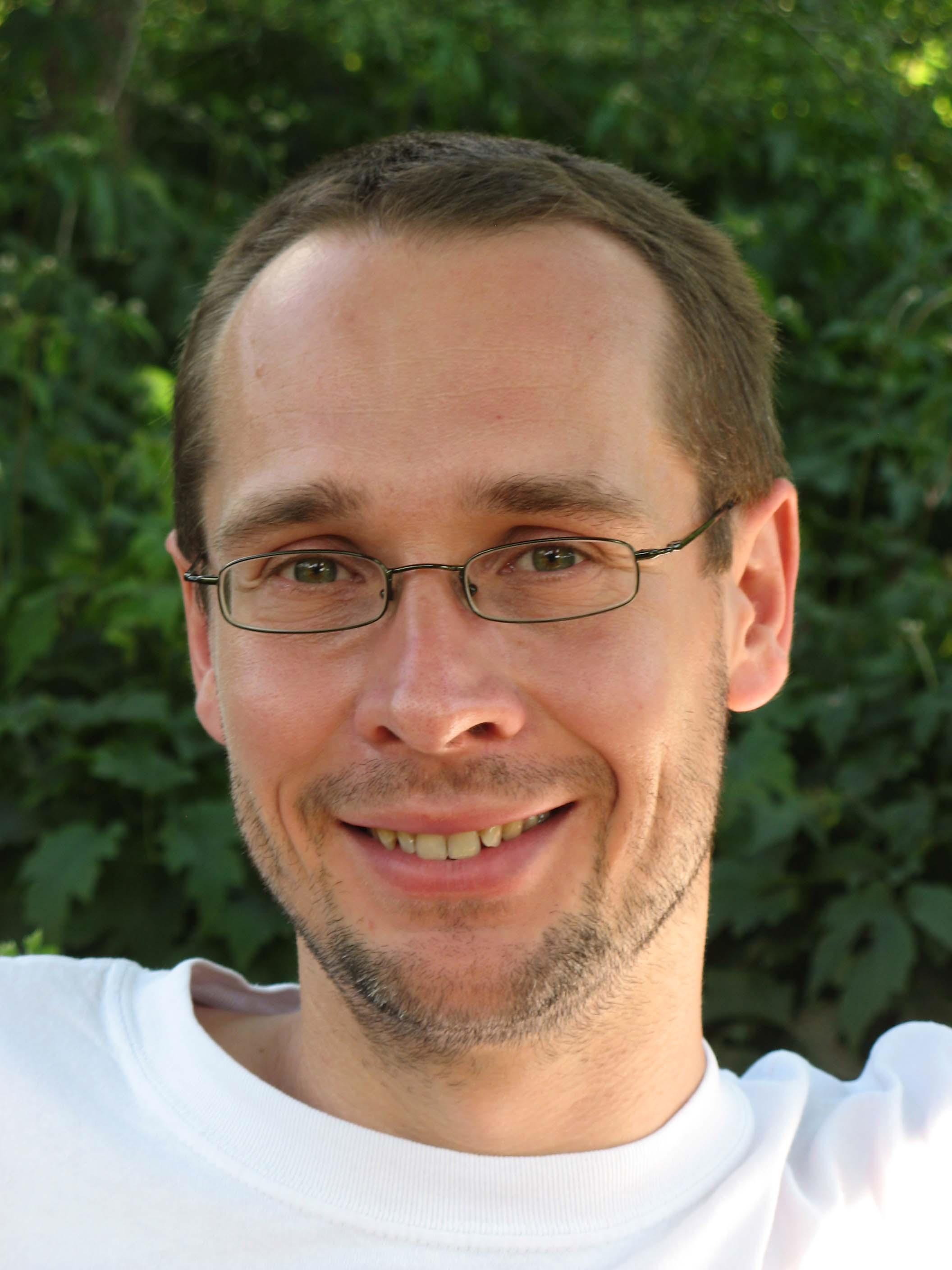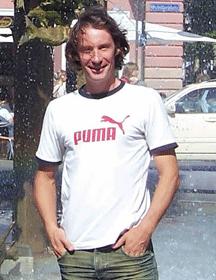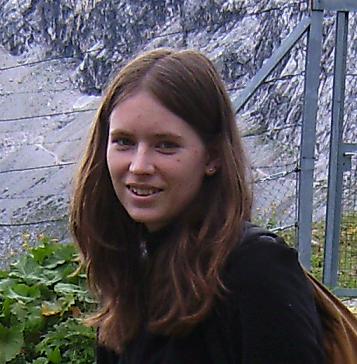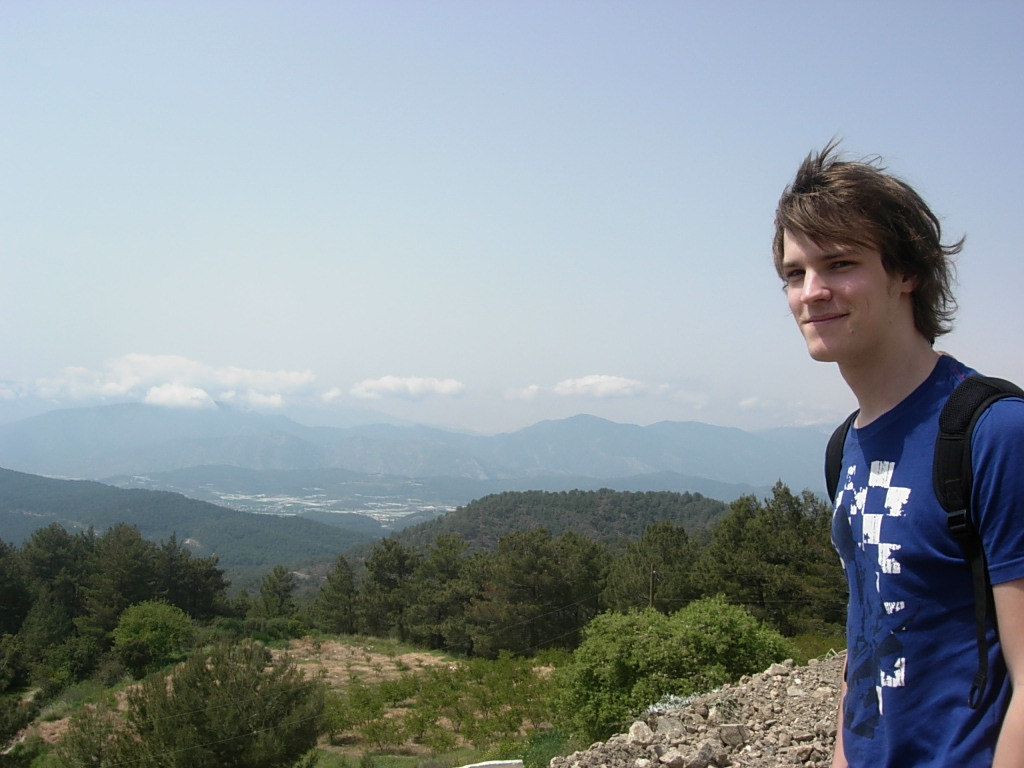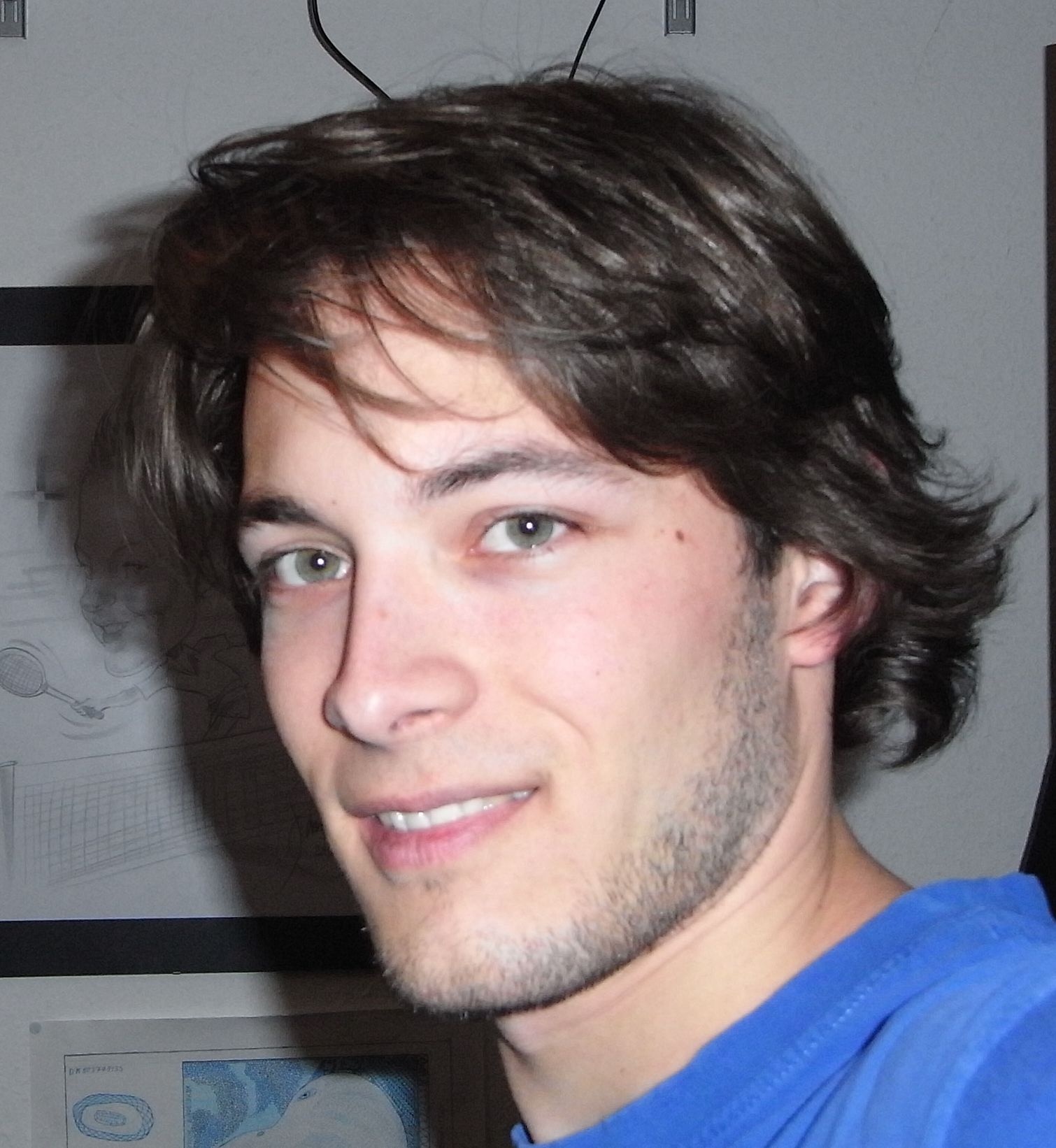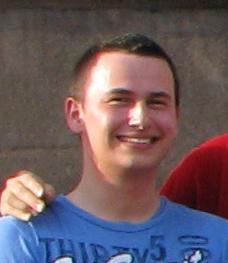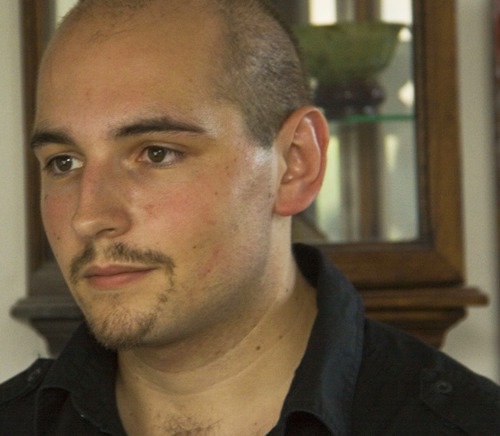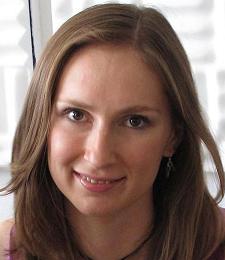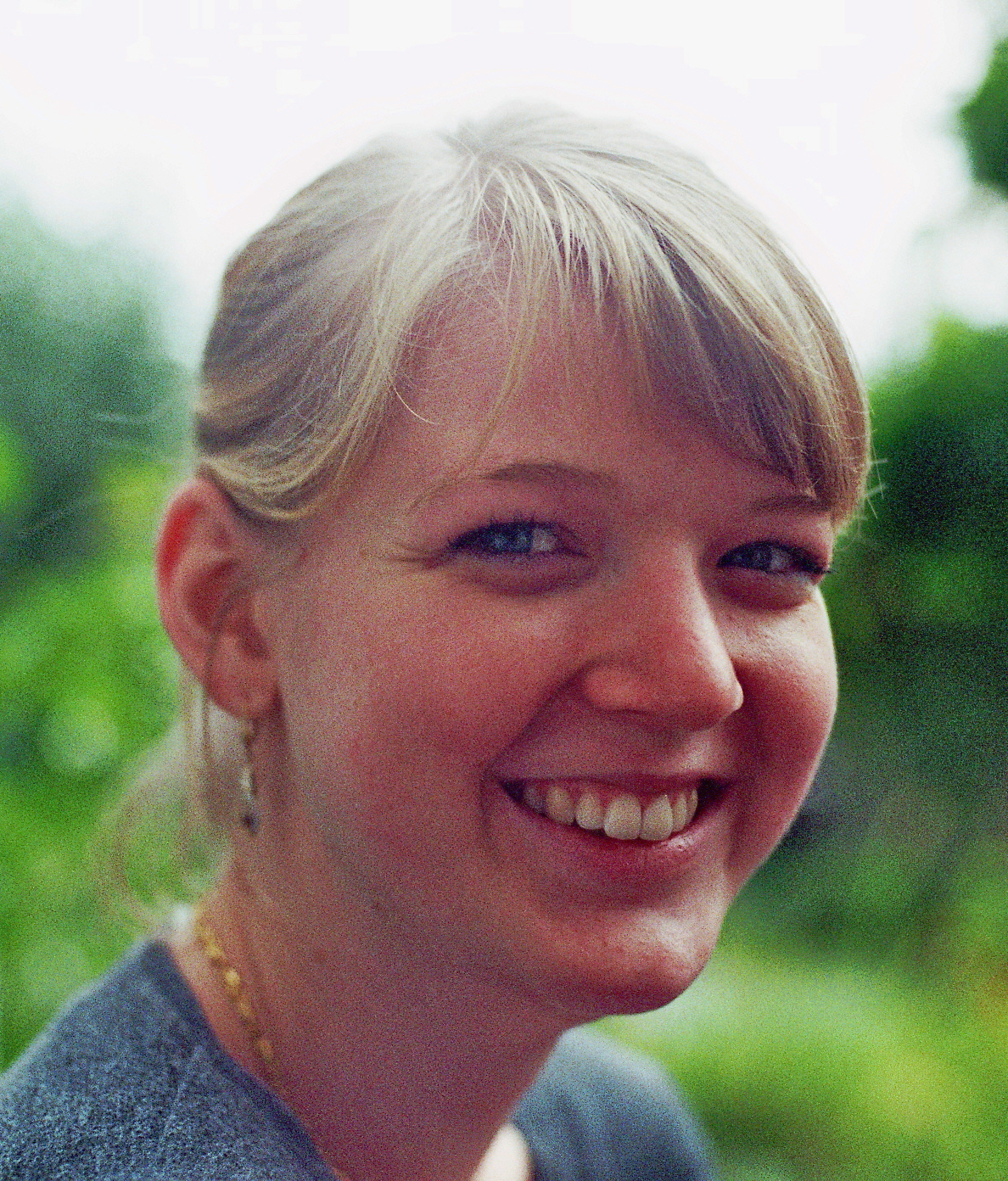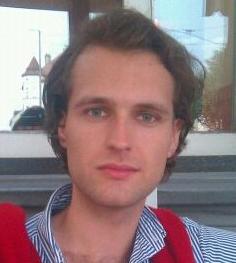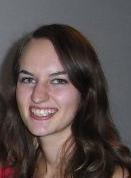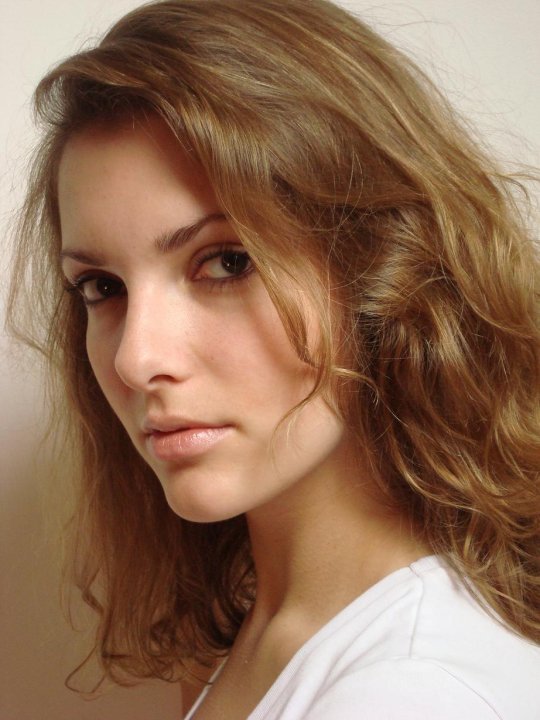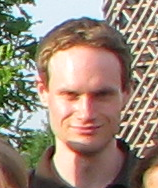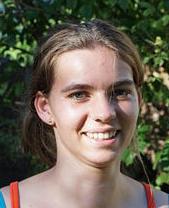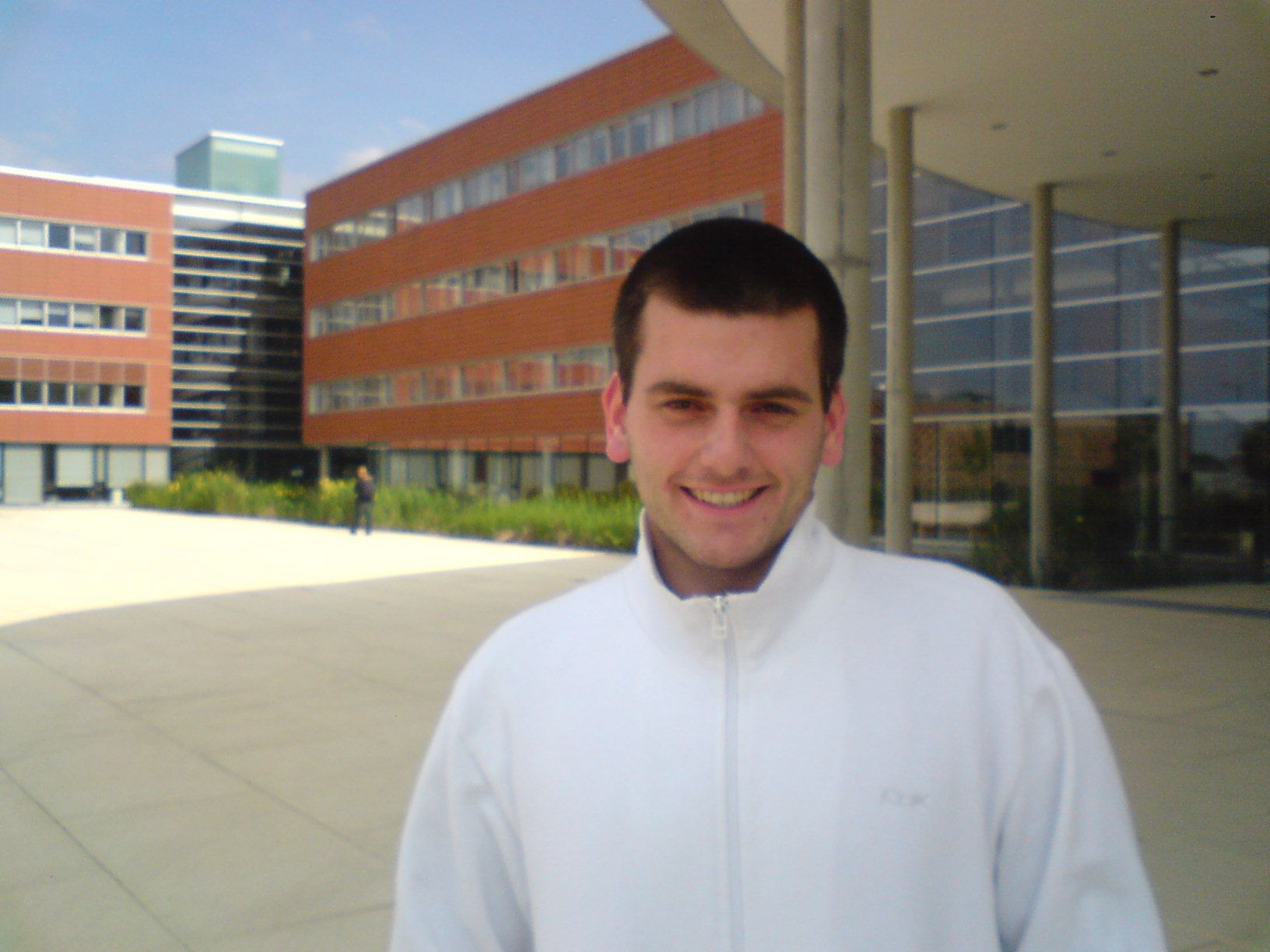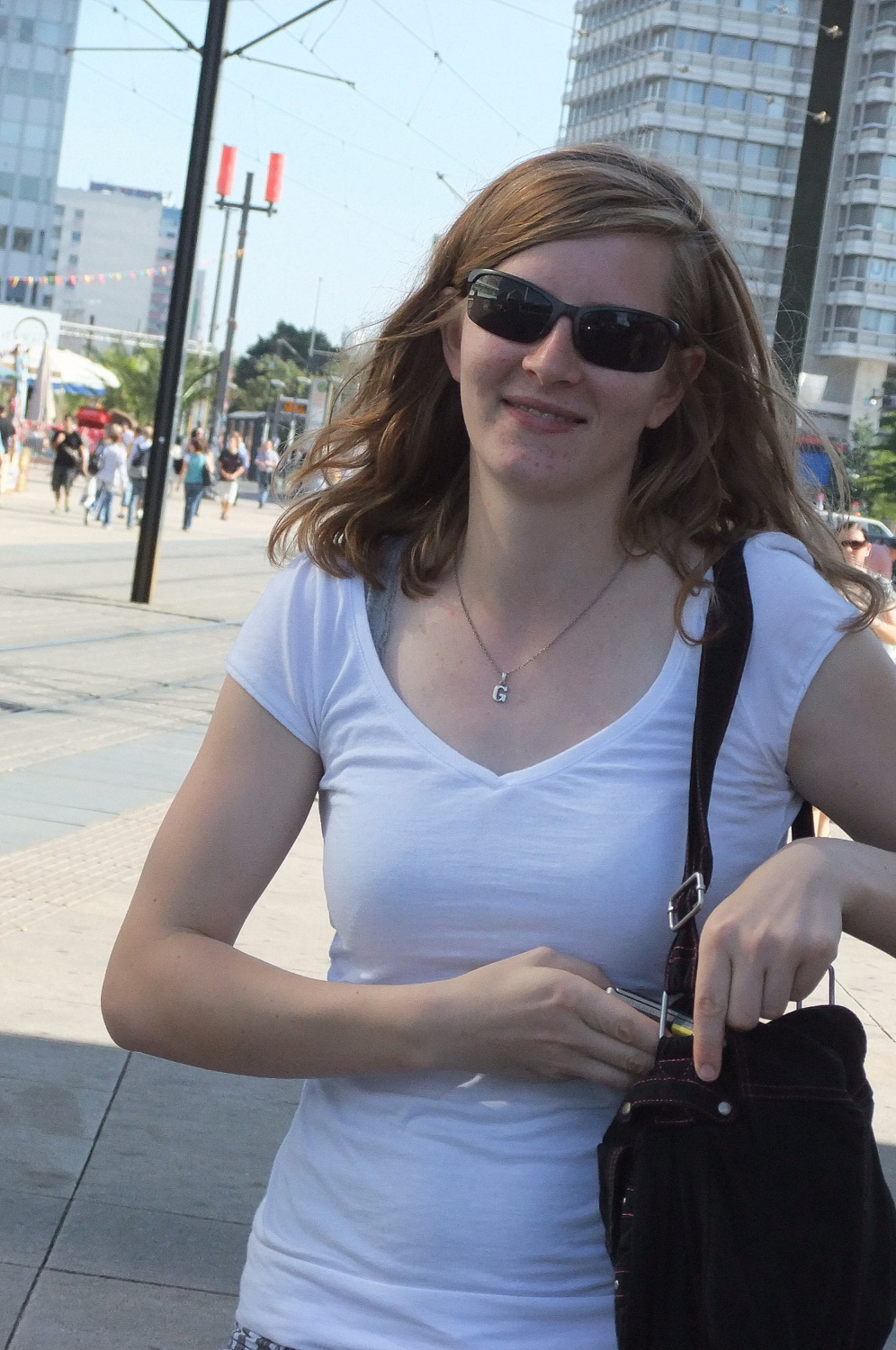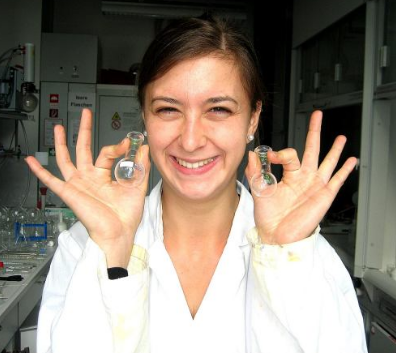Team:LMU-Munich/Team
From 2010.igem.org
(→What we did) |
(→What we did) |
||
| Line 135: | Line 135: | ||
<b>Our notebook with detailed descriptions can be found here:</b> [[Team:LMU-Munich/Notebook/Apoptosis|ApoControl notebook]] | <b>Our notebook with detailed descriptions can be found here:</b> [[Team:LMU-Munich/Notebook/Apoptosis|ApoControl notebook]] | ||
| - | <b>The protocols we used are listed here: </b> [[Team:LMU-Munich/Notebook | + | <b>The protocols we used are listed here: </b> [[Team:LMU-Munich/Notebook#Protocols|Protocols]] |
<b>The Biobricks we could submit: </b> | <b>The Biobricks we could submit: </b> | ||
| Line 144: | Line 144: | ||
*BBa_K368019: TEV-Protease+p14*+TEVrecognition site | *BBa_K368019: TEV-Protease+p14*+TEVrecognition site | ||
| - | Sources, helpers and supporters: | + | <b>Sources, helpers and supporters:</b> |
* Prof. Dr. Angelika Böttger : | * Prof. Dr. Angelika Böttger : | ||
Revision as of 13:18, 25 October 2010
Team LMU iGEM 2010
We are a team constisting of biologists, biochemists, chemists and bioinformatics and four faculty advisors... The LMU team is competing for the first time.
Kemal Akman: Bioinformatics
Julia Bartels: expected BSc Biology, ApoControl, Pathway
Tobias Bauer: BSc Biology, Pathway
Alexander Buschle: BSc Biology, ApoControl
Benjamin Clanner: Chemistry and Biochemistry, pharmaceutical sciences, Pathway
Maria Katharina Drexler: BSc Biology, ApoControl
Erik Fumi: Chemistry and Biochemistry, Pathway
Tatyana Goldberg: BSc Bioinformatics, ApoControl
Franziska Häfele: expected BSc Biology, ApoControl
Corinna Hofer: BSc Biology, ApoControl
Nicolas Keller: Biology, Law, ApoControl, Pathway
Laura Kleinknecht: BSc Biology, ApoControl
Christina Krönauer: expected BSc Biology, Pathway
Marisa Kurz: Chemistry and Biochemistry, Pathway
Jens Popken: Biology, Pathway
Jara Radeck: Biology, ApoControl
Emanuel Stiegeler: BSc Biology, Pathway
Angelika Vetter: Biology, ApoControl
Sabine Wagner: Biology, ApoControl, Pathway
Mengzhe Wang (Grace): Biology, ApoControl
Short description of our work, our results and our supporters
Most genes and promoters were amplificated per PCR with overhang-primers with the BioBrick prefix or suffix. If the sequence contained a EcoR1-, Pst1-, Xba1-, Spe1- or Not1- restriction site, we used mutagenesis primers and fusioned both DNA parts by fusion PCR. Fortunately all PCRs worked in spite of several problems with a touch down PCR and the fusion PCRs.
The PCR products were tested by agarose gel electrophoresis and the right amount of basepairs. We tried to sequence our PCR products, but we got poor results and were told to sequence the plasmids.
In parallel, we made competent cells and multiplied ccdB (death gene)-vectors with different antibiotic resistances. All components were restriction digested with the appropriate restriction enzymes. The samples were cleaned with a PCR clean up kit or dephosphorylated to reduce false ligations.
We ligated our constructs and several interim stages with the 3A-assembly according to our schedule. The ligations were transformed to E.coli DH5α strains and selected by antibiotics. Afterwards, some colonies were picked and we tested the insertion of the construct by colony PCR.
If the PCR resulted in bands of the right size, we extracted the plasmids from overnight cultures and sequenced the samples with forward and reverse BioBrick primers.
Unfortunately, some BioBrick sequences were always wrong so that we only got 4 BioBricks although every ligation leaded to colonies after the transfection. Neither of our constructs was completed, so that we weren´t able to test them in eukarytic cell lines.
In addition, we found out that a CMV-promoter we ordered from the registry was in fact a lacI gene and therefore some BioBricks just couldn´t be right.
The protocols we used are listed here: Protocols
The Biobricks we could submit:
Sources, helpers and supporters:
We are students at Ludwigs-Maximilians-University in Munich, Germany.


![]()
![]()







![]()
![]()

![]()
Who we are
Advisors
Undergrads
Who is in charge of what?
Press
Nicolas Keller, Marisa Kurz
Sponsoring
Sabine Wagner, Franziska Haefele
Pathway
Tobias Bauer, Emanuel Stiegeler, Benny Clanner
ApoControl
Julia Bartels, Jara Radeck, Mengzhe Grace Wang
Homepage
Tatyana Goldberg, Jens Popken
Coordination/Organisation
Jara Radeck
Contact
igemlmu@yahoo.de
What we did
For our two systems “Cut’N’Survive” and “Jump-Or-Die” of selecting cells by apoptosis, we first had to build the constructs. Therefore we searched for sources of the DNA sequences we needed and found several supporters which are listed below.
Our notebook with detailed descriptions can be found here: ApoControl notebook
We went to the Oktoberfest, LMU Munich and the municipal secretary and asked a few questions about synthetic biology: Human practice
Where we are from
![]()
![]()

 "
"
